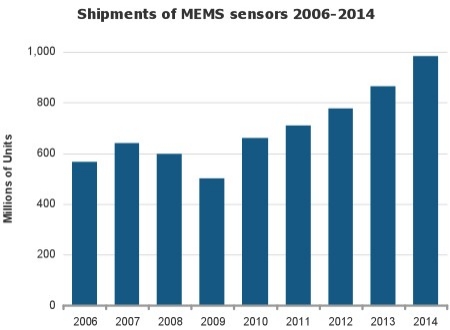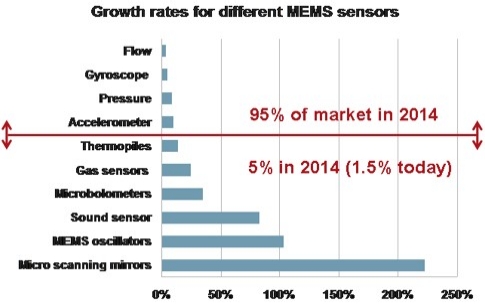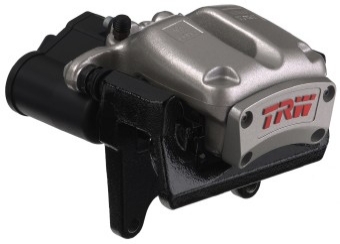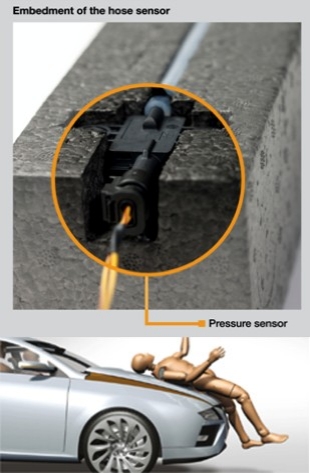(December 27, 2010 – PRNewswire) — IBM (NYSE: IBM) Research is the first to measure the movement and processing of digital data as a magnetic pattern on nanowires 1,000 times finer than a human hair. Racetrack Memory uses the spin of electrons to move data at hundreds of miles per hour to atomically precise positions along the nanowire "racetrack."
IBM Researchers revealed a previously unknown aspect of key physics inside Racetrack memory — a new technology design which stands to improve memory capabilities within mobile phones, laptop computers and business-class servers. This new class of memory could enable devices to store 100x more data while using much less energy than today’s designs.
The Racetrack memory project — which started in IBM’s Research labs 6 years ago — automatically moves data to where it can be used, sliding magnetic bits back and forth along nanowire "racetracks." This technique would allow electronic manufacturers to design a portable device capable of storing all the movies produced worldwide in a given year with room to spare.
Digital data is typically stored in magnetic hard disk drives, which are low-cost but slow due to their moving parts, or in solid state memory such as Flash memory, which are faster but more expensive. Racetrack memory aims to combine the best attributes of these two types of memory devices by storing data as magnetic regions, called domains, in racetracks a few tens of nanometers wide.
The new understanding, revealed in the journal Science, allows the precise control of the placement of these domains, which the IBM team has proven can act as nano-sized data keepers that can not only store at least 100 times more memory than today’s techniques, but can be accessed at much greater speeds. By controlling electrical pulses in the device, the scientists can move these domain walls at speeds of hundreds of miles per hour and then stop them precisely at the position needed — allowing massive amounts of stored information to be accessed in less than a billionth of a second.
IBM scientists were the first to measure the time and distance of domain wall acceleration and deceleration in response to electric current pulses, which is how digital information is moved and processed in Racetrack memory. This not only gives scientists an unprecedented understanding and control over the magnetic movements inside these devices but also advances IBM’s Racetrack memory — driving it closer to marketplace viability.
"We discovered that domain walls don’t hit peak acceleration as soon as the current is turned on, and that it takes them exactly the same time and distance to hit peak acceleration as it does to decelerate and eventually come to a stop," said Dr. Stuart Parkin, an IBM Fellow at IBM Research – Almaden. "This was previously undiscovered in part because it was not clear whether the domain walls actually had mass, and how the effects of acceleration and deceleration could exactly compensate one another. Now we know domain walls can be positioned precisely along the racetracks simply by varying the length of the current pulses even though the walls have mass".
To achieve the densest and fastest possible memory, the domain walls inside the device must be moved at speeds of hundreds of miles per hour to atomically precise positions along the tracks. These timescales (tens of nanoseconds) and distances (micrometers) are surprisingly long, especially since previous experiments had shown no evidence for acceleration and deceleration for domain walls driven along smooth racetracks with current.
For nearly fifty years, scientists have explored the possibility of storing information in magnetic domain walls, which are the boundaries between magnetic regions or "domains" in magnetic materials. Until now, manipulating domain walls was expensive, complex and used significant power to generate the fields necessary to do so. In a proof of concept paper in 2008 (1), IBM researchers were the first to demonstrate the potential of Racetrack memory, showing how the use of spin momentum considerably simplifies the memory device.
The details and results of this research effort were reported in the December 24, 2010 issue of Science. The paper is titled, "Dynamics of magnetic domain walls under their own inertia," and is authored by Luc Thomas, Rai Moriya, Charles Rettner and Stuart Parkin of IBM Research – Almaden.
For more information about Racetrack Memory, please visit: http://www.almaden.ibm.com/spinaps/research/sd/?racetrack
(1) Hayashi, M., Thomas, L., Moriya, R., Rettner, C. & Parkin, S. S. P. Current-Controlled Magnetic Domain-Wall Nanowire Shift Register. Science 320, 209-211 (2008)
SOURCE IBM
Follow Small Times on Twitter.com by clicking www.twitter.com/smalltimes. Or join our Facebook group





